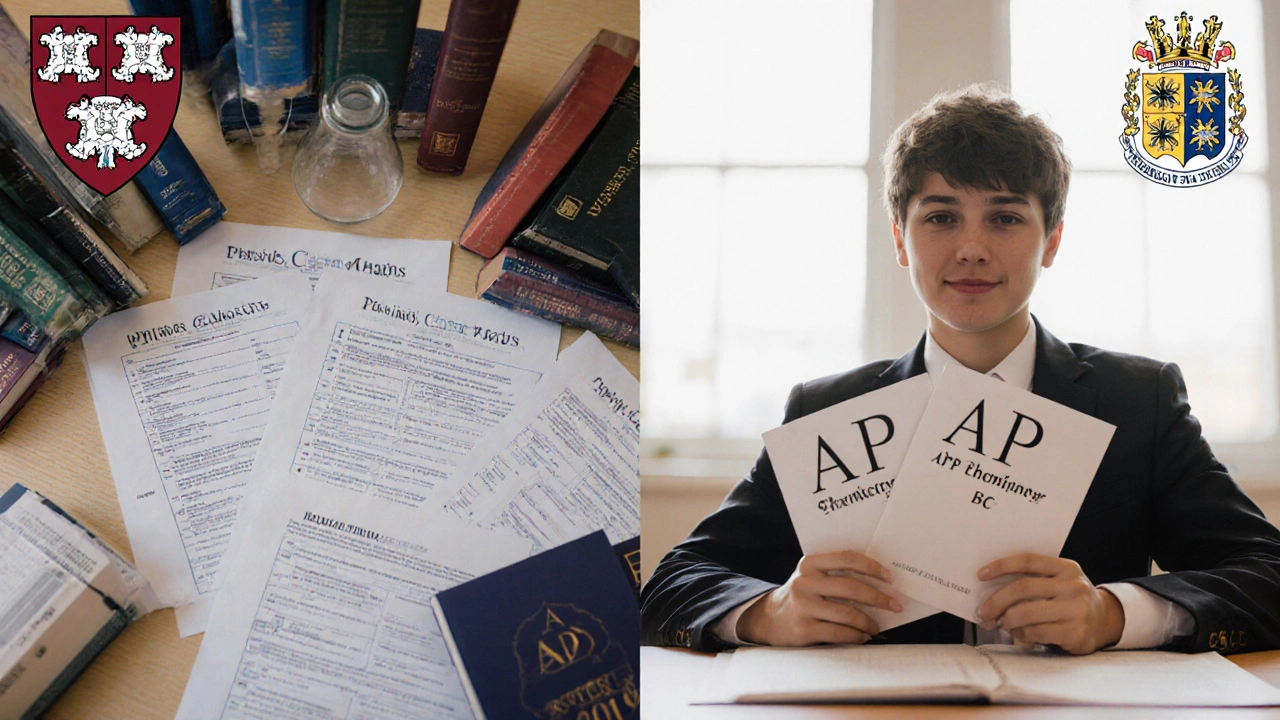US High School Curriculum: What Students Really Learn and How It Compares
When people talk about the US high school curriculum, the standardized set of courses and requirements students follow from 9th to 12th grade across public schools in the United States. Also known as American secondary education, it’s designed to prepare students for college, careers, or life after graduation—not just through academics, but through electives, extracurriculars, and state-mandated testing. Unlike systems like the UK’s A-Levels, where students focus deeply on 3–4 subjects, the US model spreads learning across a broader range: English, math, science, social studies, physical education, and often foreign languages or arts. This structure gives students flexibility but also creates confusion—what exactly counts as a full education?
The US school system, a decentralized network of over 130,000 public and private schools governed by state and local districts. Also known as American K-12 education, it doesn’t have one national syllabus. Instead, each state sets its own standards, which means a senior in Texas might take different science classes than one in New York. Still, most schools follow a common core: four years of English, three to four years of math (including algebra and geometry), lab-based science (biology, chemistry, physics), and two to three years of history or government. Electives vary wildly—some schools offer coding or film studies; others barely have a music program. And while standardized tests like the SAT or ACT matter for college apps, graduation itself often depends on passing state exams and earning a minimum number of credits. This patchwork approach means two students with the same GPA could have had completely different learning experiences. That’s why comparing US high schools to systems like the A-Levels, a UK qualification where students specialize in 3–4 subjects over two years, often tied directly to university admissions. Also known as Advanced Level qualifications, it’s a more focused path that assumes students know their direction early. is like comparing a buffet to a tasting menu. One gives you variety; the other gives you depth.
What’s missing from the conversation? The real-world impact. A student in Fairfax County, Virginia, might take AP Physics and join robotics club—while a student in rural Alabama might struggle to get access to the same labs. The curriculum doesn’t always match opportunity. But within that inconsistency lies flexibility: students can tailor their path. Whether you’re aiming for Harvard, a community college, or a trade school, the US system lets you build your own story—through electives, internships, or even online certifications. That’s why posts here cover everything from scholarship odds and GPA realities to how homeschooling fits into the bigger picture. You’ll find real examples of what works, what doesn’t, and how families are navigating this complex system without a manual. Below, you’ll see how others are making sense of it all—whether they’re parents, students, or educators trying to make the most of what’s available.

What Is the American Equivalent of A Levels?
- by Eliza Fairweather
- on 20 Nov 2025
The American equivalent of A levels isn't one credential-it's a combination of a high school diploma plus advanced AP or IB courses. Learn how U.S. colleges interpret A levels and what students should aim for.
